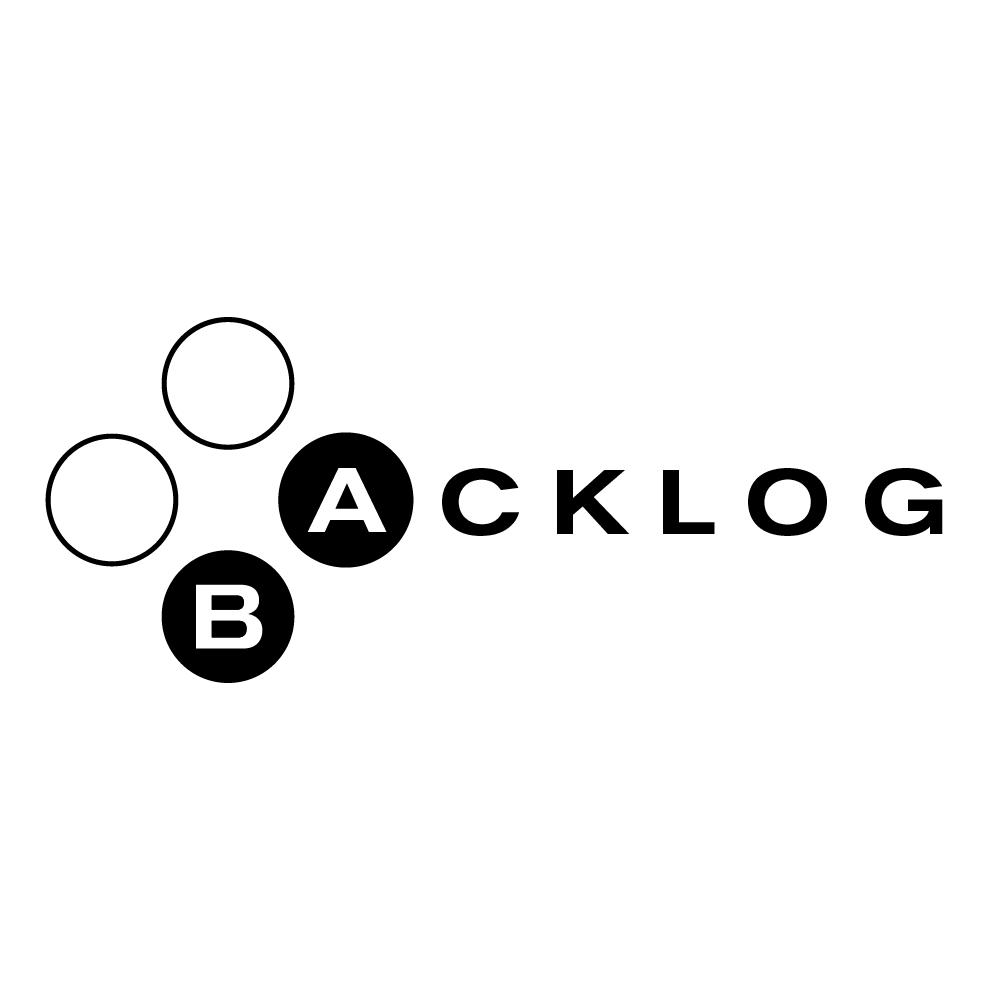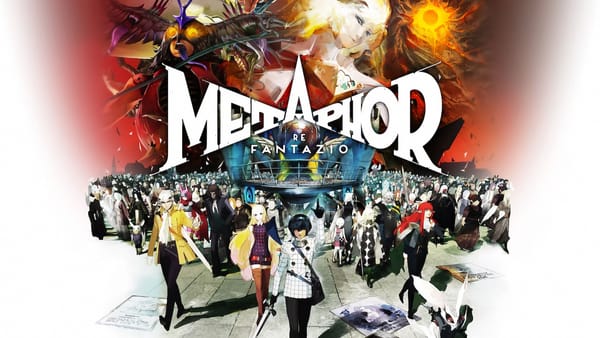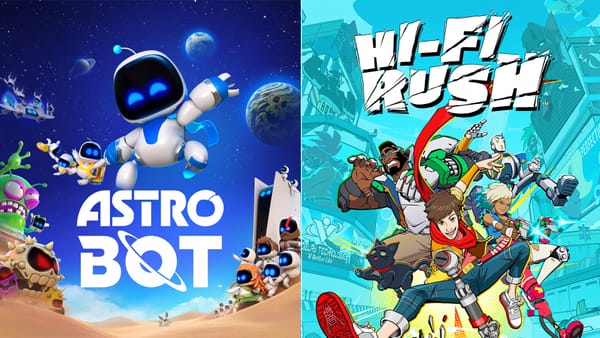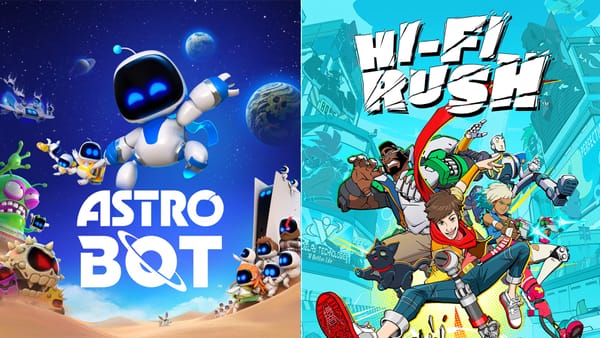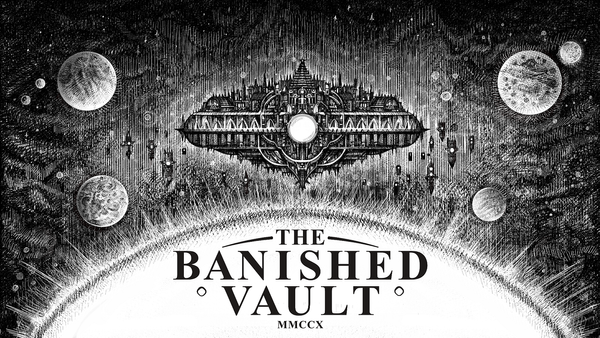God of War Ragnarök and a lack of confidence
Mass-market anxieties
God of War Ragnarök is a deeply competent game that doesn’t trust its players as much as its predecessor. Picking up immediately after the events of God of War (2018), both narratively and mechanically, Ragnarök is the most expansion-esque sequel since Super Mario Galaxy 2. It has a strong script and even better voice acting.1 And yet, at almost every turn, you can feel that this is a game meant to appeal to the broadest possible audience in order to live up to the financial expectations of being a big-budget, first-party PlayStation title, a feeling best exemplified by the game’s repeated choice to break the fourth wall for no good reason, as well as its overzealous desire to protect the player from frustration.
Let’s start with the fourth wall breakage, because it’s going to seem like I’m looking for things to be mad about. Ragnarök has a much larger cast than the previous game, which it smartly utilizes to provide new traveling companions throughout the game’s long runtime. The previous God of War introduced Mimir, who regaled you with story after story from the moment you severed his (immortal) head from his body, freeing him from his (eternal) imprisonment at the hands of Odin. Though brilliantly voiced by Alastair Duncan, Mimir would eventually grate on you if he remained the only quipper-in-chief throughout this overstuffed sequel, which is roughly double the size of God of War. To compensate for this, you often find yourself fighting alongside different characters, new and old, each with their own vantage on the game’s story and lore, a vantage they’ll more than happily expound upon while you climb your fiftieth wall or lift your eightieth big-heavy-stone-blocking-the-path.
Unfortunately, for some reason, these new companions share a toxic trait: they all like to call attention to the fact that Kratos sometimes diverts his attention from the main quest to go smash open a chest or solve an optional puzzle. “What’s he doing?” they ask Atreus in some variation, as his father launches himself over a canyon to pick up some spare change and/or a stray bauble. This commentary might inspire a smile the first time you hear it, as you grapple with the fact that it is silly to be collecting animal hides while the world is quite literally ending, but by the second (and third) time the game makes the same joke, it has the effect of a work calling out its own thinness, its own absurdity, breaking the suspension of disbelief inherent to all games (and all fictions, really) for… reasons? It’s a frustrating writing choice that made me feel like my intelligence wasn’t being respected. My feeling is, if you’re going to make it so that I need to do at least some optional side stuff in order to upgrade my gear to a halfway decent level, please don’t then make the game comment on how weird it is that I’m doing that—the thing the game, through its systems, encourages you to do.
But that’s not a cardinal sin, is it? Cumulatively, those quips last maybe a total of three minutes out of a total of 35 hours or so. Still, they left a bad taste in my mouth, especially when viewed in conversation with the game’s desire for you to never, ever, ever feel confused when encountering a puzzle, even for one minute.
Yes, I am going to be joining the chorus of people complaining about how quickly, nay, immediately Ragnarök chooses to shout the solution to its puzzles at you. Too often, you can barely enter a room before Atreus or whomever happens to be traveling with you at the time outright tells you what to do and when to do it. This is a trend in AAA gaming more generally, as outlined by Game Maker’s Toolkit in this video on Ragnarök and its ilk. Put bluntly, games like Ragnarök cost a lot of money to make and are expected to make that money back and then some. Player frustration, via this lens, is seen as a detriment to the game’s goals rather that an essential element of game design.2 God of War is a big-boy-smash-em simulator, after all, and there is undoubtedly a percentage of players who might stop playing if confronted with a puzzle that was too challenging.
So why put them in the game, then? Ragnarök’s approach to puzzles is designed to appeal to no one: neither the players like myself who enjoy a little brain teaser alongside the visual spectacle, nor the players who want to use Kratos’s big arms solely to smash skulls, not puzzle switches. Like the fourth wall breakage, the puzzles come off as apologies, or if not apologies then filler, meant simply to slow the player down and pad out the game. What they don’t come off as is essential.
Therein lies the issue with games like Ragnarök that, frankly, I empathize with. Indie games are given creative leeway simply for not having to sell as many copies to recoup the costs of development. Games like Ragnarök, though? With big name voice actors and animation that rivals or surpasses blockbuster films with respect to fidelity? With pressure from corporate executives not just to be fun, but to be good enough to justify the existence of expensive consoles? With a team of developers so large that the end product can’t help but feel like the output of a Ford assembly line? It’s a wonder the game has any personality at all, which it most certainly does.
In the end, God of War Ragnarök is popcorn spectacle that wants so badly for you to like it that it outright apologizes for itself. I liked it most when it got out of its own way in the final act and simply became the series of fireworks it was so clearly intended to be. I liked it least when I could feel how expensive it was to make, and how consumable it was made to be.
Especially Richard Schiff’s turn as Odin, a portrayal that straddles the line between bemused oligarch and terrifying godhead to great effect. ↩
See Elden Ring for an example of how frustration and confusion can, actually, be a good thing—not to mention profitable! ↩
